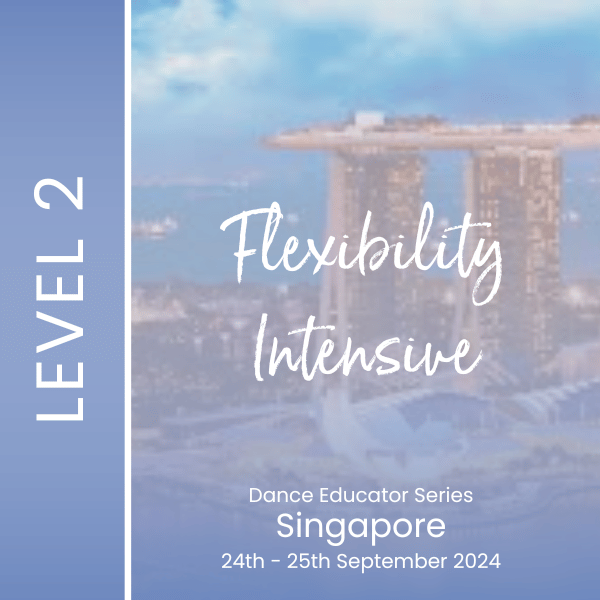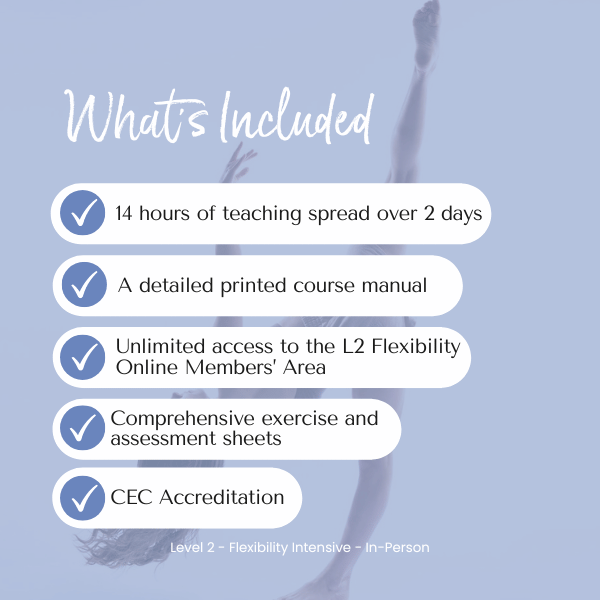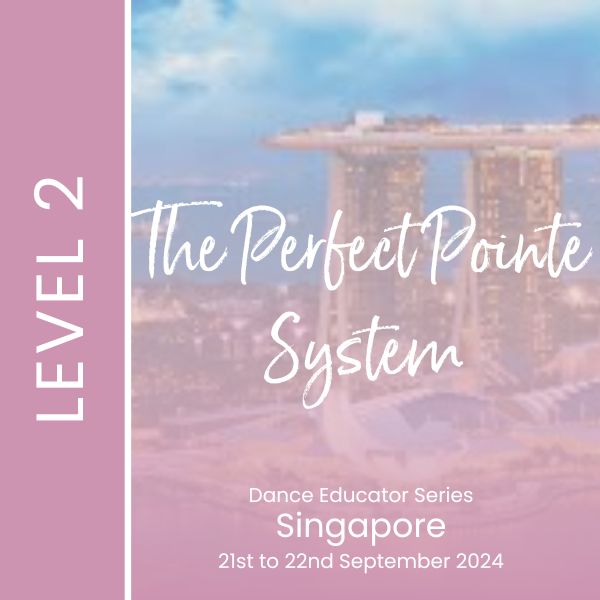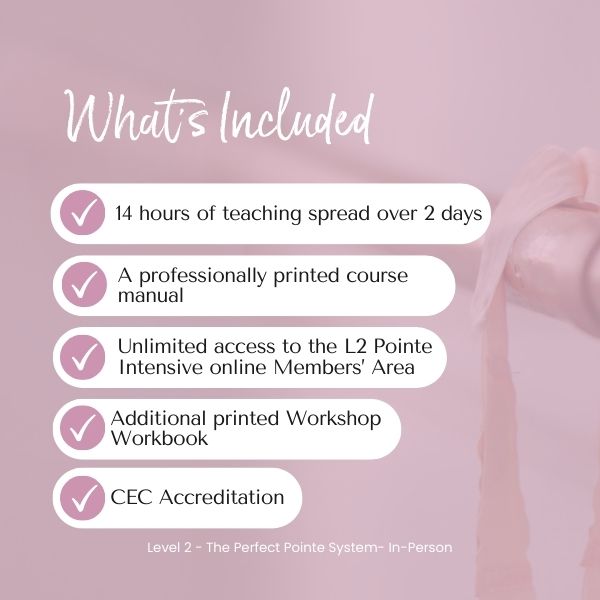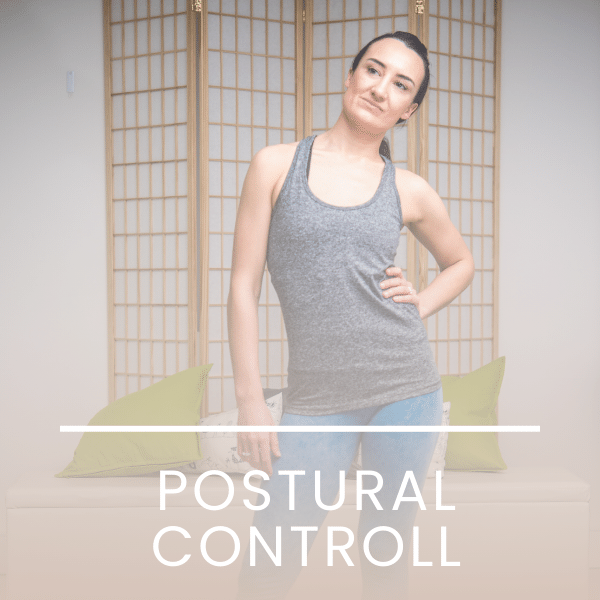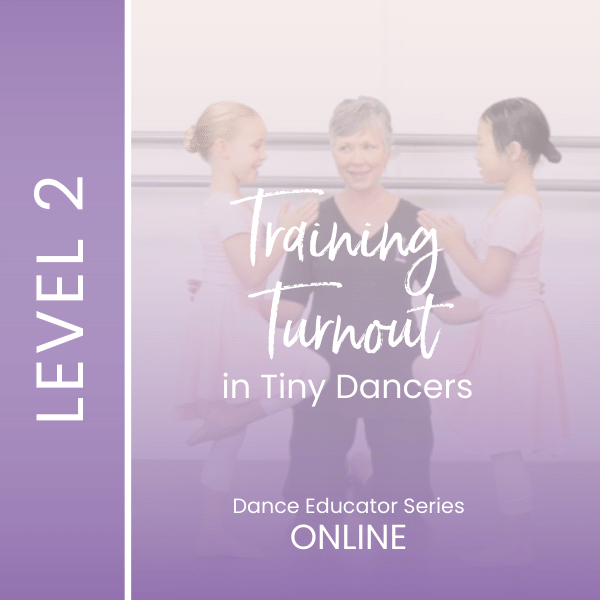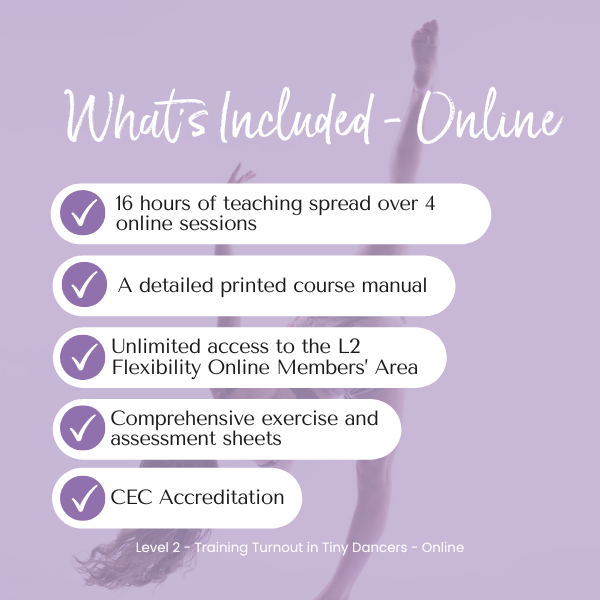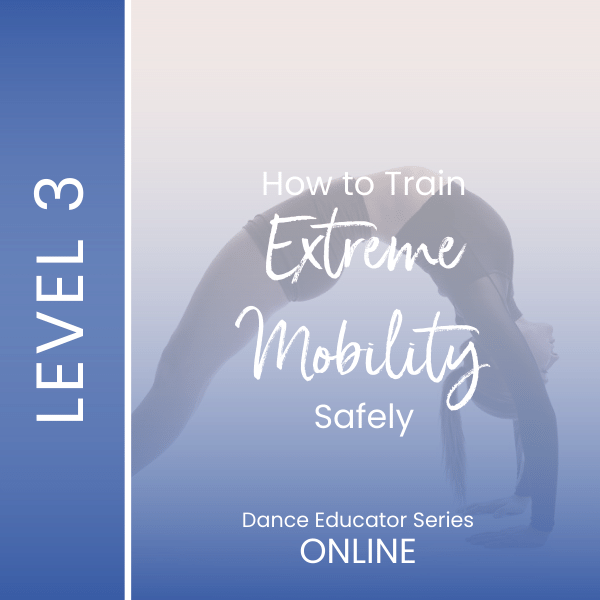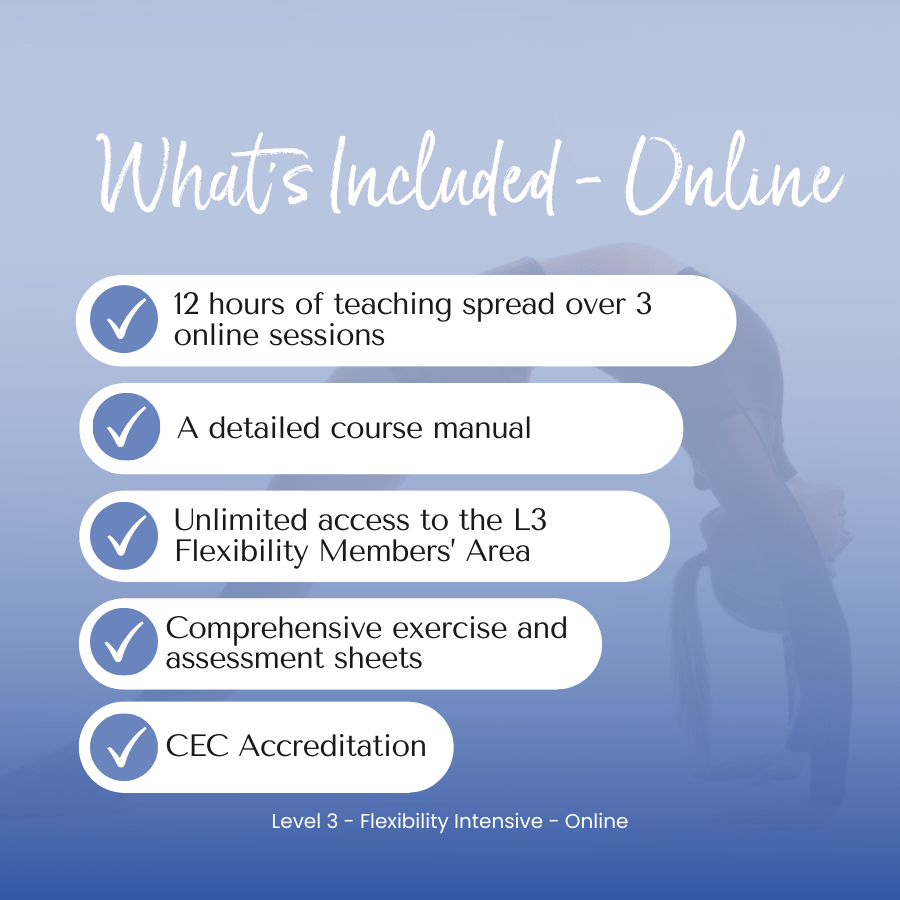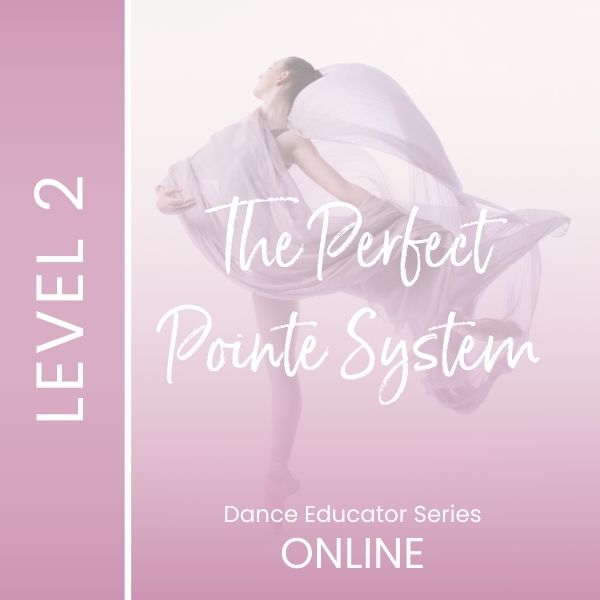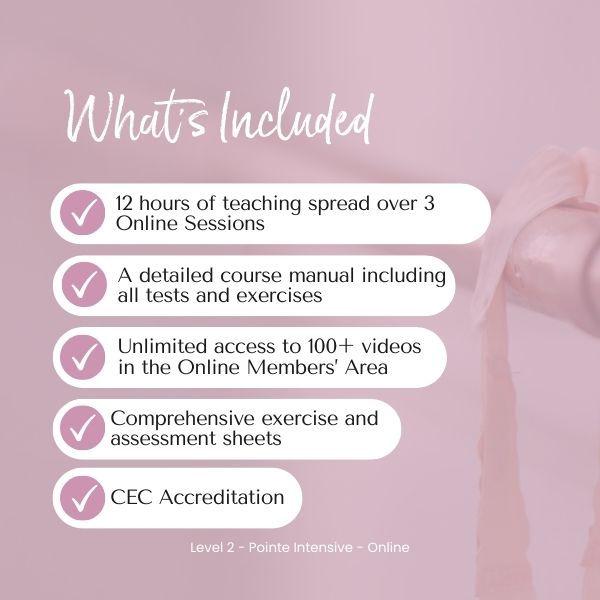- Free Articles
- Shop
- Workshops
- The Dance Educator Series
- L1 – The Fundamentals
- L2 – Pointe Intensive
- L2 – Flexibility Intensive
- L2 – Training Turnout in Tiny Dancers
- L3 – Foot & Ankle Injuries in Dancers – NEW
- L3 – Hip Injuries in Dancers
- L3 – How to Train Extreme Mobility Safely
- Upcoming Workshops
- Workshop FAQ’s
- Workshop Testimonials
- Host Application Form
- Dance Teacher & Health Professional Directory
- Members Areas
- Cart
- My Account
Level 1 - Coaching Calls
For Dance Teachers and Health Professionals
As a part of the Online Teacher Training Portal, I offer fortnightly Coaching Calls. These calls are a great way to ask any additional questions, and to learn how to apply the content covered in the course for various issues that you come across. You may attend the live calls, or work through the topics you find most interesting in your own time.
Each call is usually based on a specific question from a member. We look at all of the different elements that need to be considered when working with the issue, from the anatomy involved, right through to how to manage it in class. This is a wonderful way to learn how to apply all of the content in the base training to the scenarios you will see in real life. Each call is approximately 60 mins long, and we usually have time for further questions at the end.
Accessing the Coaching Calls
Any attendee of the Level 1 workshop in the Dance Educator Series, whether online or in person, gets 6 months free access to the Online Portal, and access to all previous and current Coaching Calls. If you have attended the course in the past and would like ongoing access to the Online Portal and these Coaching Calls, Please email us on workshops@theballetblog.com.
What people are saying:
"Having been frustrated for so many years with questions no one seemed to have answers for, It was pure relief and one Ah ha! moment after another when I met Lisa and joined the Members Portal. The most important thing Lisa gave me and my students was hope for change and improvement and a renewed excitement for learning more about how our intricate bodies are designed.
Lisa is so fun to work with! She's extremely personable, encouraging and makes things easy to use :) The members portal is brilliant! The content is well organized, and very clearly explained. Every time I return to a section for a refresher I am able to absorb a little more.
The coaching calls are the highlight of my week, being able to connect with Lisa in person and have personal feedback is invaluable. I also love how Lisa designs the programs in PDF's with checklists and evaluations making it easy to pass along to my students. Thanks Lisa for your incredible dedication and passion!"
Maddison M, Canada
Sample Coaching Calls
Call #14
All anatomy and exercises mentioned in the call are introduced in the initial Level One Training. In this live recording, we discuss:
- Analysis of the various hip noises that dancers complain of
- Recommendations for dancers struggling with hips popping
- Why hip popping can happen when trying to achieve a high développé or grand battement to the side
- Possible causes for popping in a grand plié in second
- What areas might need to be strengthened or stretched/ massaged
- Specific exercises to help reduce this popping & clicking action long term with a detailed step by step program.
Call #82
This seemingly simple exercise can be used in multiple ways for all levels of dancers, and not just for foot control. In this live recording, we discuss:
- Ideas for the minis
- Correcting alignment issues
- Pre-pointe options
- Beginner Pointe options
- Back Control
- Hip Control
- Rehab for Jumps
- A detailed Seated Rises Assessment
Previous Topics Covered
All previous coaching calls and the associated PDF are available to watch any time in the Online Portal
01. Knee Pain, The Roll Down & Hip Pain
02. Lisfranc Injury
03. Hip Pain in a Professional Dancer
04. Shoulder Placement in Hypermobility
05. Avoiding Overwhelm - Part 1
06. Avoiding Overwhelm - Part 2
07. Planning the Year
08. Stress #, Pronation & Pointe Range
09. Pointe shoes, Bunions & Plantarfascia P.
10. General Q&A
11. Os Trigonum Surgery
12. Pain at the back of the ankle
13. Growth Related Injuries
14. Hip Popping, Clicking and Other Noises
15. Plantar Fascia Pain & Q&A
16. Managing Tendinopathies
17. Tendinopathy Prevention Plan
18. Hypermobile Knees
19. Working From Home & Online Classes
20. Self Care in Lockdown
21. Shoulder Pain & Instability in Acrobats
22. The Impact of Sub-Standard Flooring
23. Managing Back Pain
24. Correcting Children's Posture
25. Upper Limb Neural Tension
26. Persistent Foot Pain
27. Diving Deep into Hypermobility
28. Clicking Hips Program - Part 1
29. Clicking Hips Program - Part 2
30. Perfecting the Penché - Phase 1
31. Perfecting the Penché - Phase 2
32. Perfecting the Penché - Phase 3
33. Perfecting the Penché - Phase 4
34. Gait Analysis
35. Improving Gait - Part 1
36. Improving Gait - Part 2
37. Improving Gait - Part 3
38. Adult Lordotic Posture - Part 1
39. Adult Lordotic Posture - Part 2
40. Adult Lordotic Posture - Part 3
41. Adult Lordotic Posture - Part 4
42. Elements required for Effective Walkover
43. Debunking the Developpé
44. Correcting Excessive Pronation
45. Correcting Excessive Pronation V2
46. Assessing Shoulder Mobility
47. Improving Shoulder Mobility - Part 1
48. Improving Shoulder Mobility - Part 2
49. Osgood - Schlatter's Disease
50. General Q&A
51. Sustained Hovers
52. Deep Core Activation - Part 1
53. Deep Core Activation - Part 2
54. Cross Sling Development
55. 5th Metatarsal Fracture
56. Knees That Don't Straighten - Part 1
57. Knees That Don't Straighten - Part 2
58. Class Assessment
59. What makes a great turner?
60. What makes a great jumper?
61. What allows great adage?
62. Inner Thigh in Hip Stability
63. Improving Range in Middle Splits - 1
64. Improving Range in Middle Splits - 2
65. Improving Range in Middle Splits - 3
66. Ideas for Implementation - Part 1
67. Knee Instability - ACL Rupture
68. Ideas for Implementation - Part 2
69. Breaking down the Grand Jeté
70. Ideas for Implementation - Part 3
71. Understanding and Explaining Pain
72. Eccentric Training
73. Training Turns - Part 1
74. Training Turns - Part 2
75. Shin Splints
76. Proprioception
77. Anke Stability Routine
78. Habits that Lead to Hip Pain
79. Chronic Hip Pain Case Study - Part 1
80. Chronic Hip Pain Case Study - Part 2
81. Waiter Bow Exercises
82. Seated Rises
83. Adult Crawling
84. Tucks and Tilts Variations - Part 1
85. Tucks and Tilts Variations - Part 2
86. Returning to Class - Stage 1
87. Diastasis Recti and Floor Barre
88. Identifying Contributing Factors
89. Stage 2 - Weight-bearing
90. Stage 3 - WB en Fondu
91. General Q&A
92. Stage 4: Passive Pointe Range
93. Stages 5-8: Active Pointe Range
94. Stage 9: Double Leg Jumps
95. Planes of Movement
96. Stage 10: Jumps 2 - 1
97. Stage 11: Jumps 1-1
98. Stage 12: Pointe Prep
99. 5 Elements to Prevent Injury
100. General Q&A
Accessing the Coaching Calls
Any attendee of the Level 1 workshop in the Dance Educator Series, whether online or in person, gets 6 months free access to the Online Portal, and access to all previous and current Coaching Calls. If you have attended the course in the past and would like ongoing access to the Online Portal and these Coaching Calls, Please email us on workshops@theballetblog.com.

